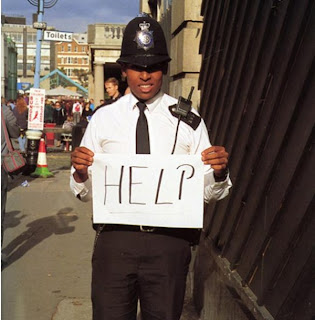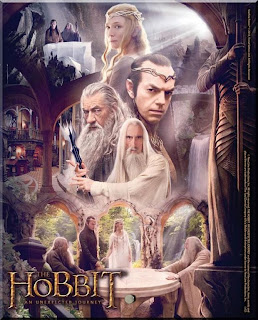Joel Sternfeld
In the Sternfelds work Walking the High Wire, he looks at an old train line that runs high above New York. This allows the viewer to see the untouched area above an increasingly developed scene below, giving New York a whole new virtually unseen perspective. With all the natural growth and environmental change in contrast to the concrete developments and industry of New York requires no words. Some viewers assume the pictures are digitally enhanced, but they are not, they are true images of the seasonal changes. With his work the photograph and the title tell the story, covering subjects such as natural disasters, such as tornadoes and flooding, to mass numbers of beached whales, or areas of immense beauty. His subject area is diverse, but all enthralling and at times, shocking, but the message is quite evident.
John Hilliard
The english photographer John Hilliard uses the manipulation of the photograph to convey his message. What may be obvious in the original image, when taken out of context is not so cut and dried. He allows more than one perspective at a time and by making multiple exposures distorts the image of the constant subject. This makes the viewer question what is real.
Rene Magritte
Born in 1898, this painter went through many phases, influenced by Artists such as the cubist Metzinger to Renoir. His popularity rose in the 1960s, influencing the pop, minimalist, and conceptual art movements. His painting require no words, using familiar objects or subjects in surreal combination and positioning. “The Son of Man” is a bowler hated business man with an apple over his face, his eyes peeking over. His left arm bends backwards at the elbow. It is explained as the conflict between what is hidden and what can be seen. His paintings seem to contain himself as a suited city gentleman of his time conveying his hidden message.
Gillian Wearing
This english photographer/video artist uses her medium to display the inner turmoil/confessions of ordinary people in the street, through still photography and eventually through video, using actors to lip-synch the recordings of children's confessions, or masked individuals divulging their inner thoughts. The written words that the people display show the inner troubles and worries of some, and shows the viewer how we, at time stereotype people. Some images surprise, some amuse, some disturb.
Sophie Calle
This French photographer seems to be, in part, deceptive to the viewer. Her work looks to be genuine observational documentary photographs, but are in fact contrived by the artist and directed by her. They give the viewer the impression that they are intruding on the privacy of others or are collaborating in the violation of privacy, but it is almost a set up, questioning what is the truth or a lie.
Jim Goldberg
Jim Goldberg makes documentary films, often graphic documents of people on the bottom tier of life, in San Francisco, from illegal immigrants, refugees, drug addicts and asylum seekers. His work, tells a story in a snap shot video style, building to a full picture of, at time, others enduring great hardship or trauma. He is best known for his work “Raised by Wolves” (1995), documenting ten years spent with young homeless people. His documentary storytelling speaks volumes without vocal narration, just the recorded vocals and written witness accounts. This work seems voyeuristic but very powerful.


.jpeg)











